An extraordinary encounter
In a celestial event unlike any other, two spacecraft — NASA’s Europa Clipper and the European Space Agency’s Hera — are on course to pass directly through the ion tail of the interstellar comet 3I/ATLAS. This encounter, expected between late October and early November 2025, marks an unprecedented chance for scientists to study material from beyond our Solar System without launching a dedicated mission.
A visitor from another star
Comet 3I/ATLAS is only the third known interstellar object to pass through our Solar System, following the famous ‘Oumuamua and comet 2I/Borisov. Its hyperbolic orbit reveals that it did not originate here but came from deep interstellar space — a relic of another star system. As it travels back into the cosmic void, it leaves behind a tail made up of gas, plasma, and dust that now happens to align with the paths of these two spacecraft.
The mission alignments
- Europa Clipper — Bound for Jupiter’s moon Europa, this NASA probe will fly through the outer edge of the comet’s ion tail around October 30 to November 6, 2025.
- Hera — ESA’s asteroid mission, en route to the Didymos–Dimorphos system, will encounter the tail slightly earlier, between October 25 and November 1, 2025.
Neither craft was designed for this purpose, but both carry sensitive instruments capable of detecting charged particles and magnetic fields — perfect tools to study the faint traces of cometary material.
What scientists hope to learn
When these spacecraft pass through the tail, they are expected to encounter charged ions, dust grains, and possibly organic molecules released from the comet. Analyzing this material could provide key insights into:
- The composition of matter formed around other stars.
- The interaction between interstellar objects and the solar wind.
- How interstellar comets differ chemically and structurally from native Solar System comets.
Even though the spacecraft will remain millions of kilometers from the comet’s core, they may still detect subtle variations in plasma density and magnetic fields — evidence of the tail’s interaction with solar particles.
Scientific challenges
The opportunity is thrilling but also delicate. The alignment must be perfect for the spacecraft to detect the tail’s signature. Solar wind variations or shifts in the tail’s direction could alter the results. Additionally, because neither mission was built to study comets, data analysis will require ingenuity to separate cometary signals from background noise.
Why this matters
Encounters like this are incredibly rare. Unlike planned flybys, this alignment happened purely by chance — a cosmic coincidence that could yield groundbreaking discoveries. Studying the tail of an interstellar comet offers a direct glimpse into the chemical and physical makeup of material from another solar system, possibly revealing how planets and stars form elsewhere in the galaxy.
This event also highlights the growing trend in space exploration of maximizing existing missions. By leveraging spacecraft already in flight, scientists can collect valuable data without the need for new billion-dollar projects.
Looking ahead
If the observations succeed, the data could redefine what we know about interstellar visitors and guide future missions aimed specifically at intercepting them. It may even influence the design of the upcoming Comet Interceptor mission, which will lie in wait to chase down the next interstellar traveler.
For now, scientists and space enthusiasts alike are eagerly watching as two of humanity’s robotic explorers prepare to glide through the ghostly wake of a visitor from beyond the stars — a fleeting encounter between our solar neighborhood and the vast unknown.

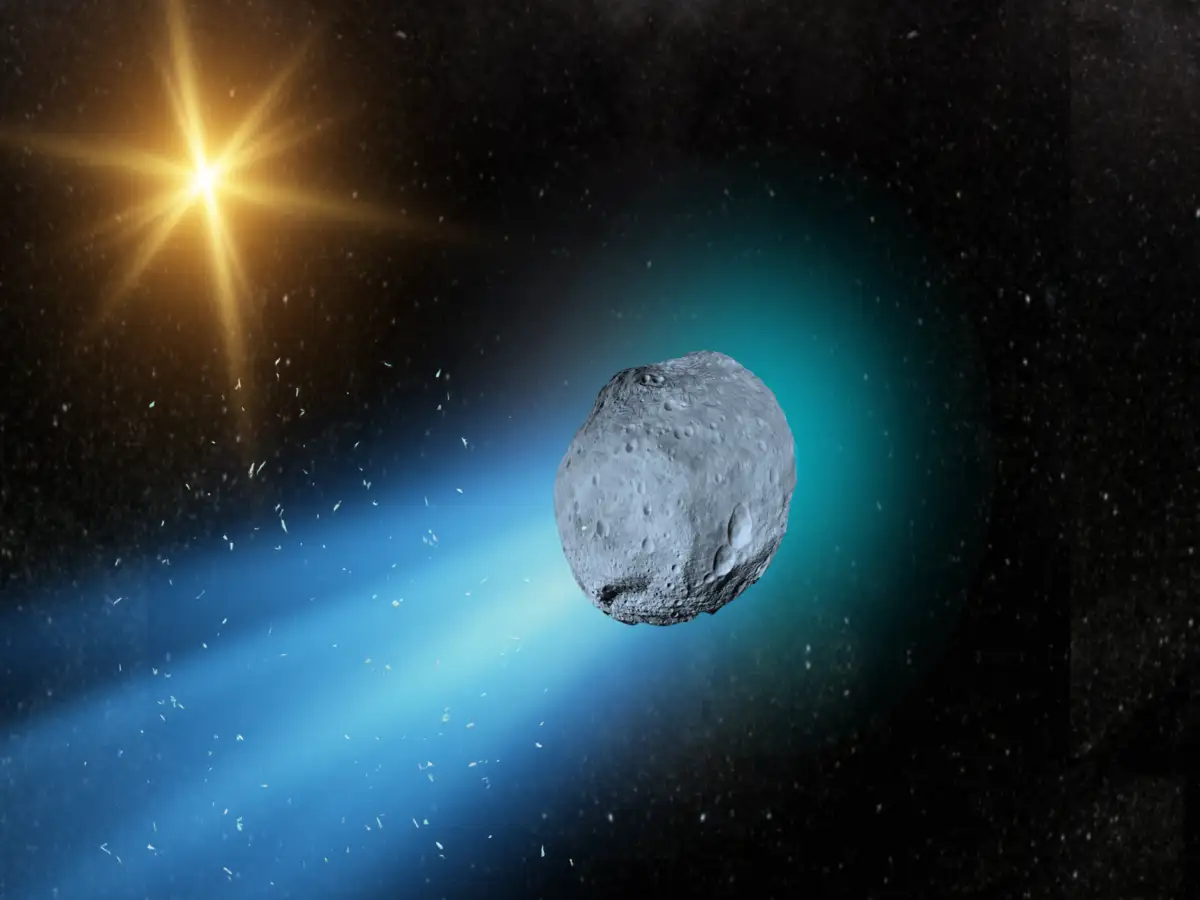
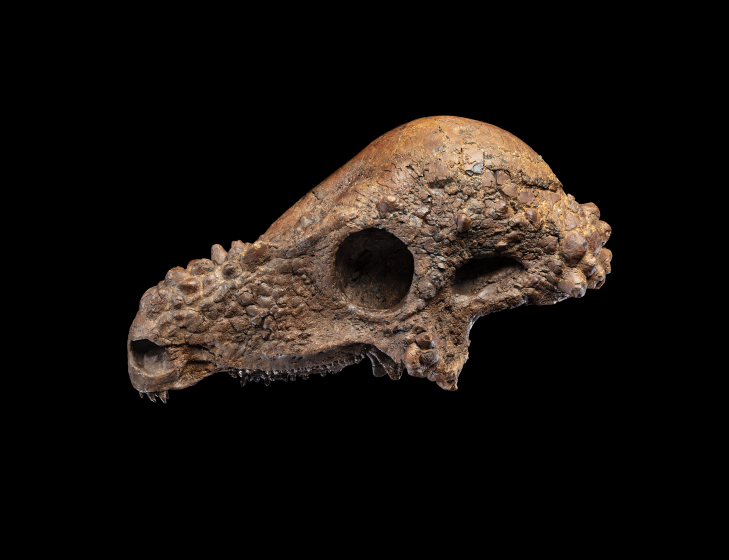
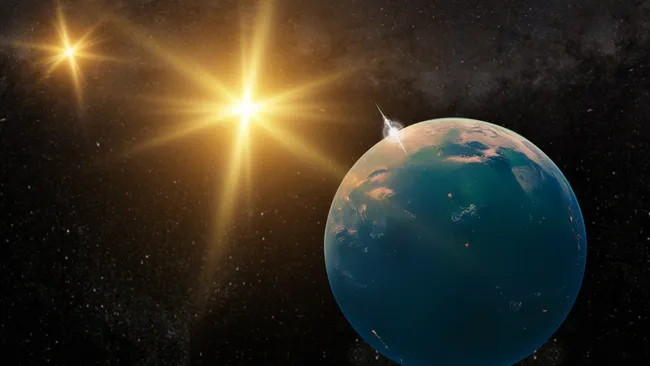
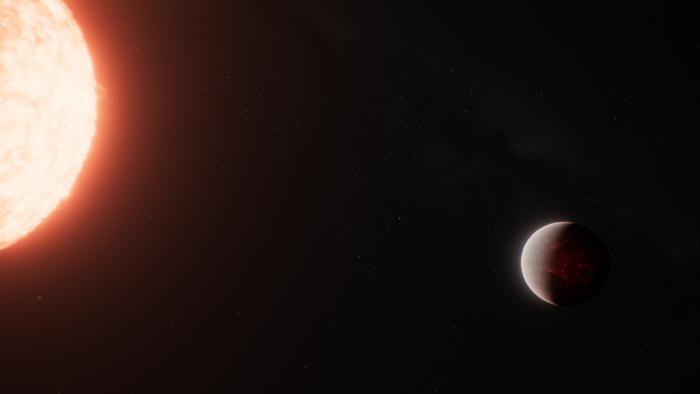
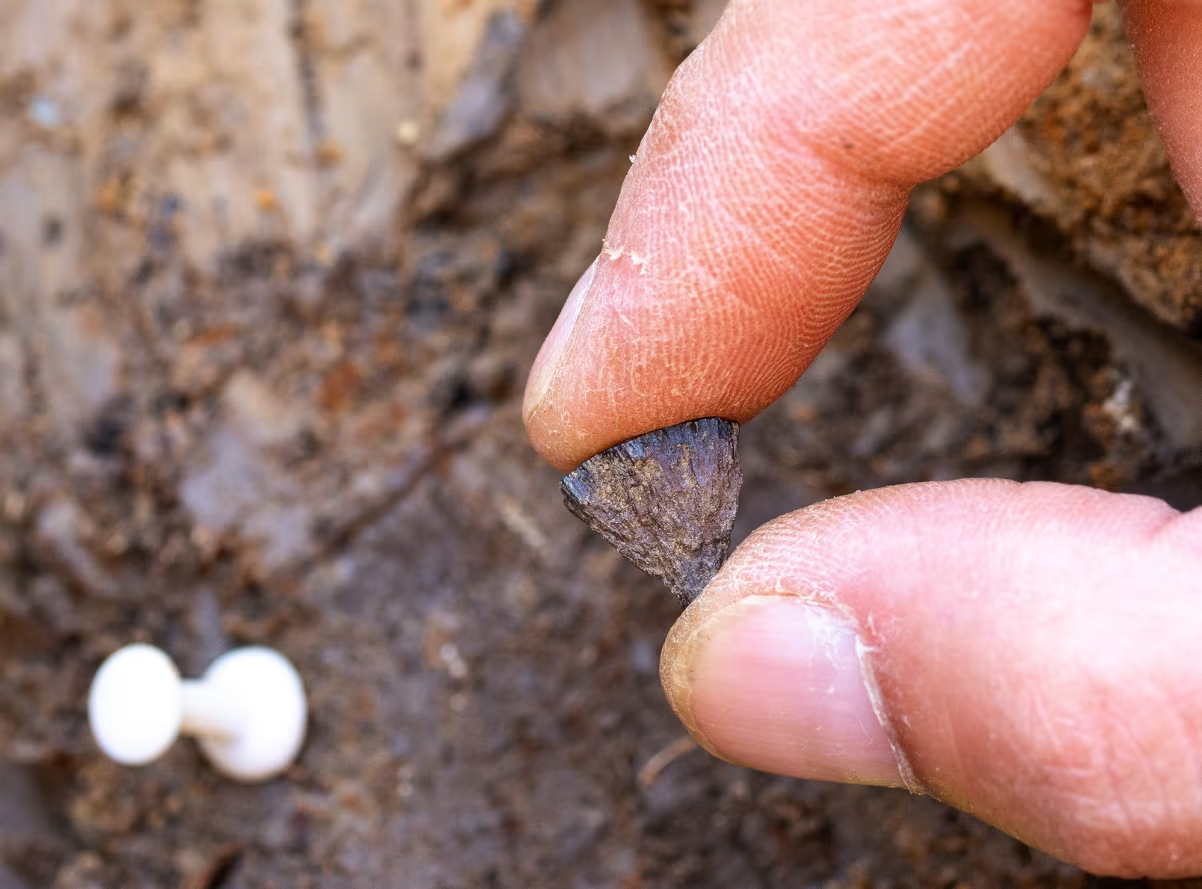
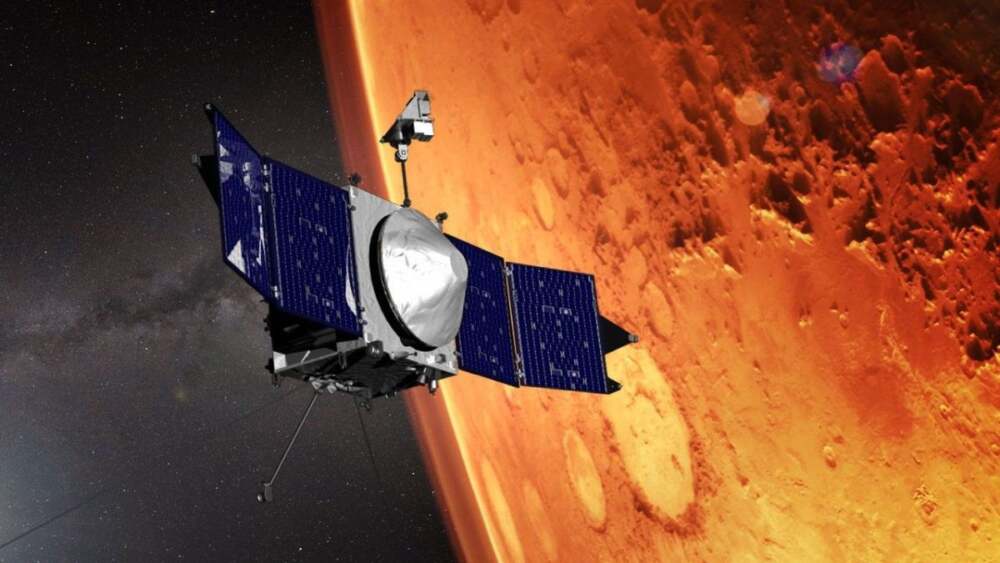

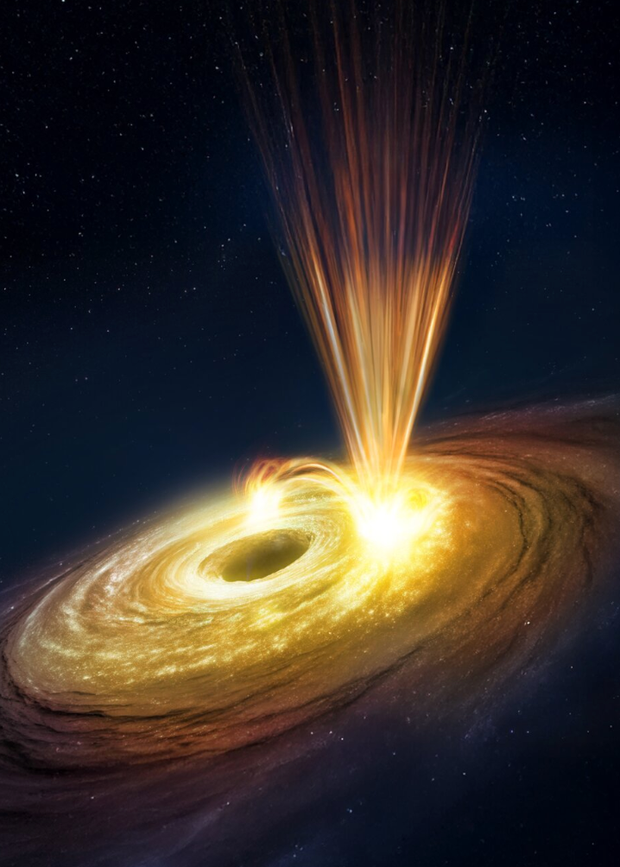
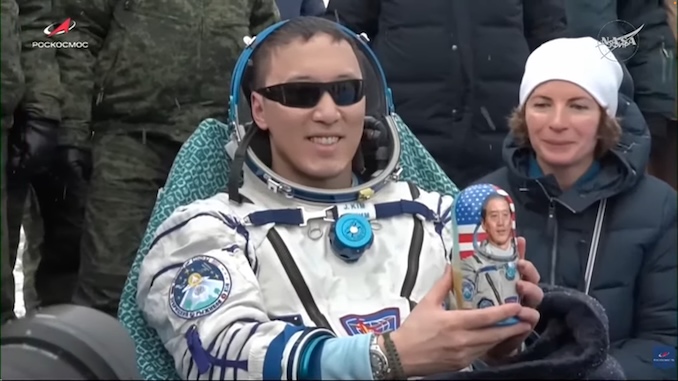
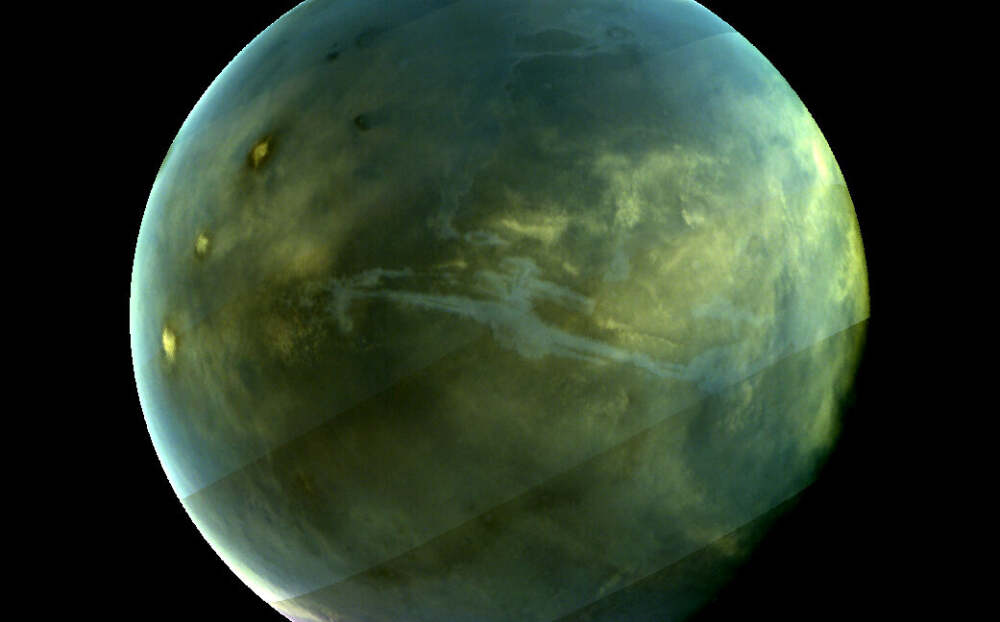
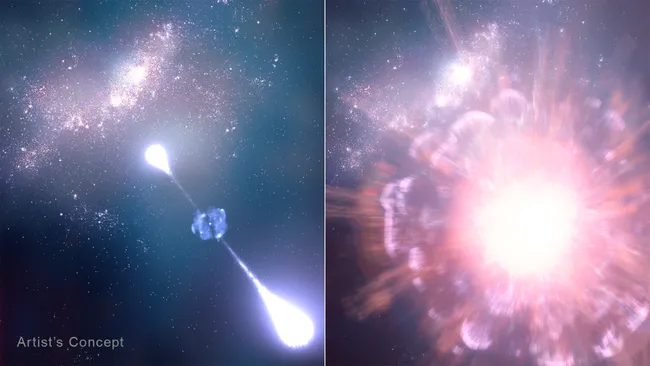




Leave a Reply